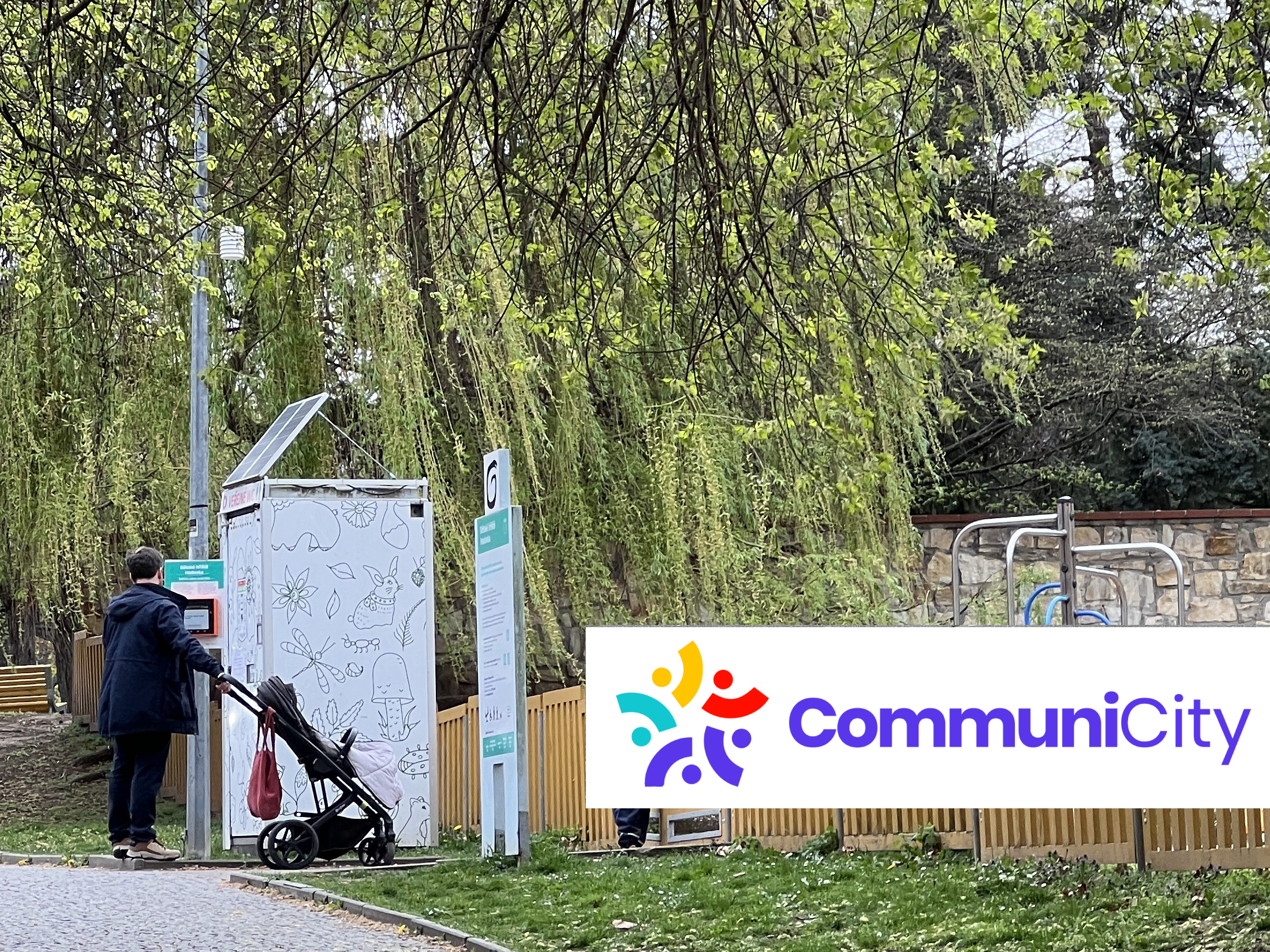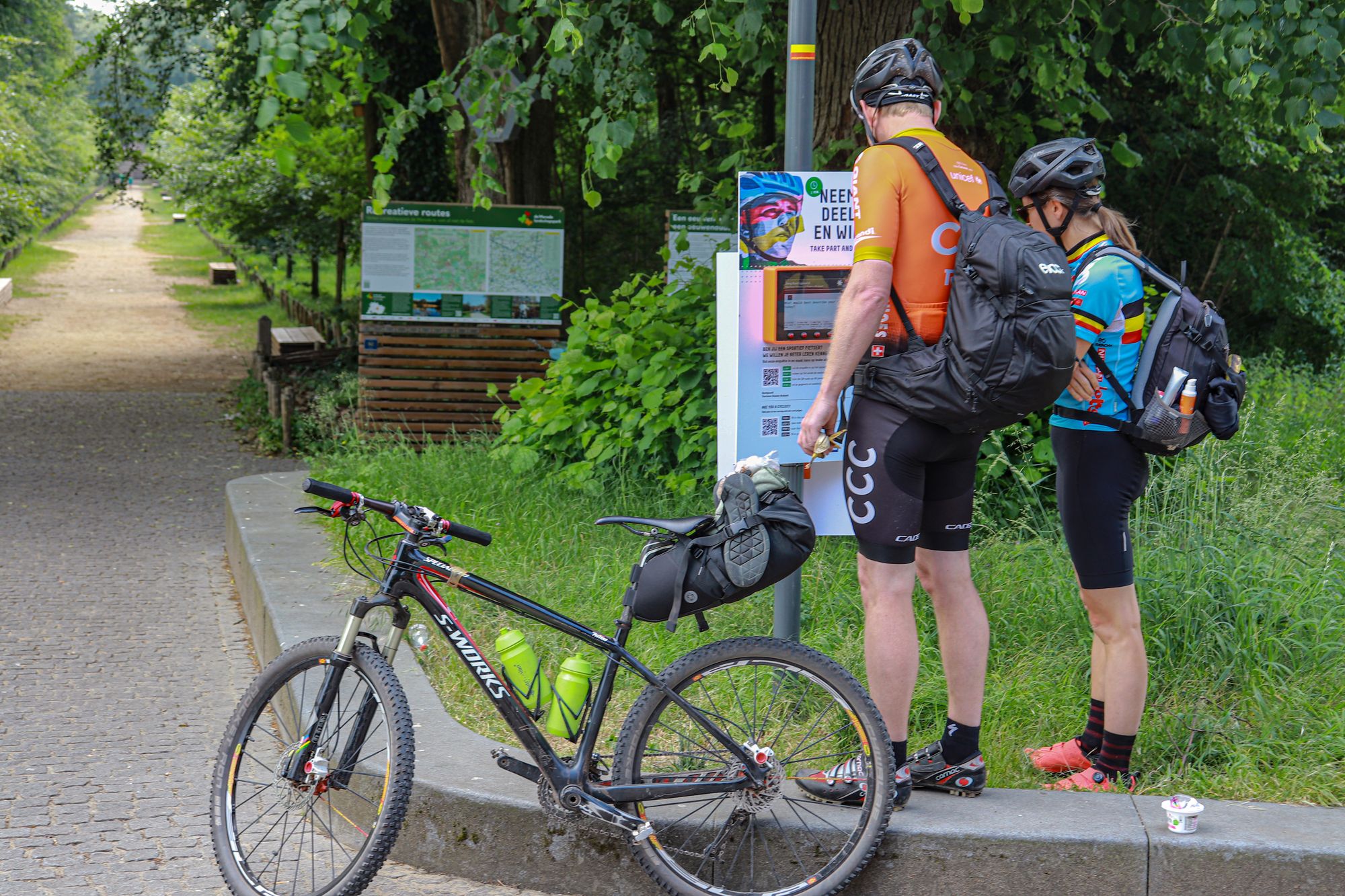Improving playgrounds in Prague
What were the objectives of this case study?
In our latest project, we took our novel citizen engagement technology to Prague’s District 6, focusing on two local playgrounds. Our objectives were clear: to gather valuable feedback and profile information, directly from the location itself. The insights from this study help to improve the public amenities and infrastructure based on real user experiences and needs.
We tackled a specific topic at each playground:
- At the first playground, our primary goal was to evaluate the public toilets. Clean, accessible, and well-maintained public restrooms are crucial for ensuring a positive experience for all visitors.
- At the second playground the focus was on refining the design and infrastructure. Here, we collected a range of data from visitors, including demographic information and specific suggestions to improve this space for play.
Continues below the photo.
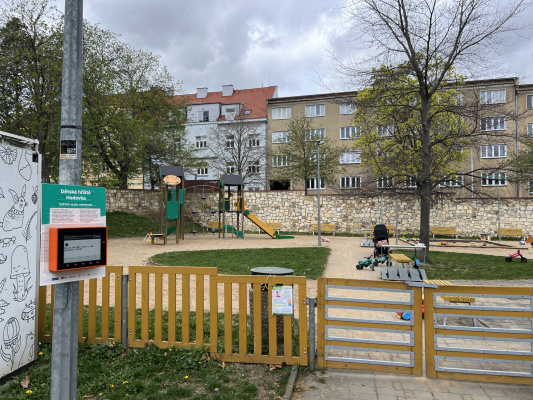
About CommuniCity
CommuniCity is a transformative citizen-centred project funded by the European Commission under the Horizon Europe Programme. CommuniCity and its consortium of partners works together with tech companies and providers, organisations, cities and their residents to develop innovative technical solutions to overcome digital, urban and social challenges.
The CommuniCity project launches three rounds of Open Calls that provide grants for up to 100 innovative pilot proposals. This project is one of the selected submissions for the Second Round.
For more information, visit: https://communicity-project.eu/
How was the deployment carried out?
The deployment took place over the course of 4 weeks. Using 2 Citizen Dialog Kit devices, we engaged over 381 passers-by who completed a total of 168 surveys.
The survey regarding the public toilets was located at the Puškinovo square, and gathered the most interaction, with 199 participants. Being more centrally located, in a mixed-use neighbourhood, the engagement also continued well into the deployment and was not yet declining after the 4 weeks pilot.
The second survey, focussed on the infrastructure of a local playground in the Hadovka park, gathered 182 participants. This park is an area focussed mainly on housing, with less commercial activity. Here, engagement appeared to be declining slightly after 4 weeks, suggesting we were approaching saturation.
Continues with insights below the photos.
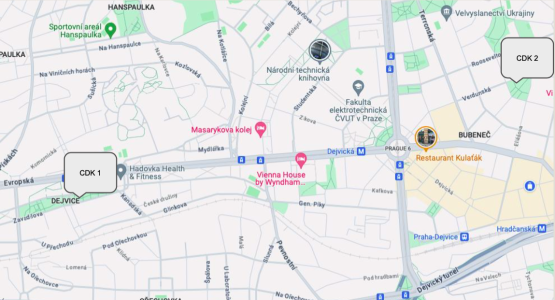

What were the insights from the deployment?
Our project in Prague District 6 showcases the power of citizen engagement technology in urban planning. By involving the community in the decision-making process, we can ensure that public spaces are designed and maintained to meet the real needs of the people who use them.
Meaningful insights regarding the public toilets included:
- Usage: A significant portion of visitors, 58%, reported that they have not used the public toilets at the playground. This indicates a potential gap in awareness, need for these facilities among playground users, or lack of understanding in how to use them.
- Overall Satisfaction: Among those who have used the toilets, satisfaction levels are mostly positive, with 43% expressing satisfaction. However, a substantial 34% of respondents remained neutral about their experience.
- Design Controversy: Opinions on the design of the public toilets were more polarized. Leading to fewer neutral responses. While 50% of respondents like the design, 40% had negative opinions.
Insights regarding the usage and play element needs at the other playground include:
- Children’s Ages: The majority of visitors come with young children, particularly kids below 6 years old account for 65% of respondents. Conversely, only 5% of visitors are accompanying children aged 10-12, suggesting that the playground’s offerings might not be as appealing to older children.
- Visit Frequency: Most respondents visit the playground regularly, with 28% visiting once a week and 38% visiting 2-4 times a week. This indicates that the playground is a key recreational spot for many families. Many visitors also spend a significant amount of time in the playground, with 41% staying for an hour or more. This suggests that the playground is not just a brief stopover but a destination for extended play and relaxation.
- Play Elements: Most visitors are happy with the available play elements, with 61% expressing satisfaction. However, there is a noted lack of play elements for older children, which partially explains their lower presence in the playground.
Continues with reflections below the photo and chart.
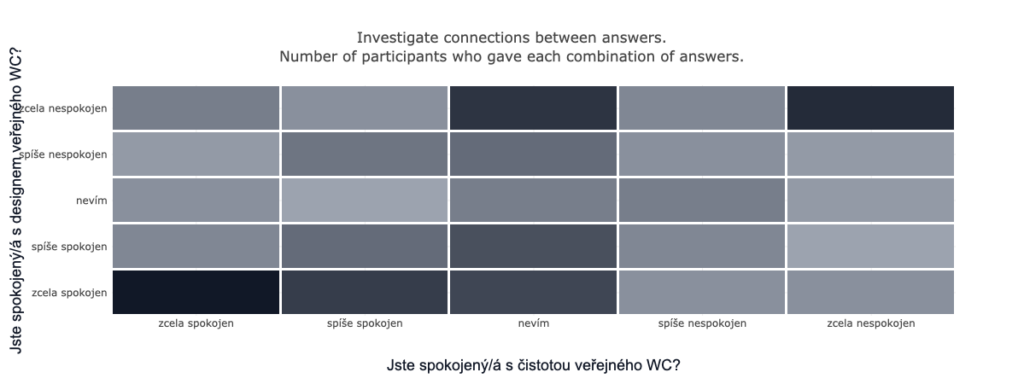
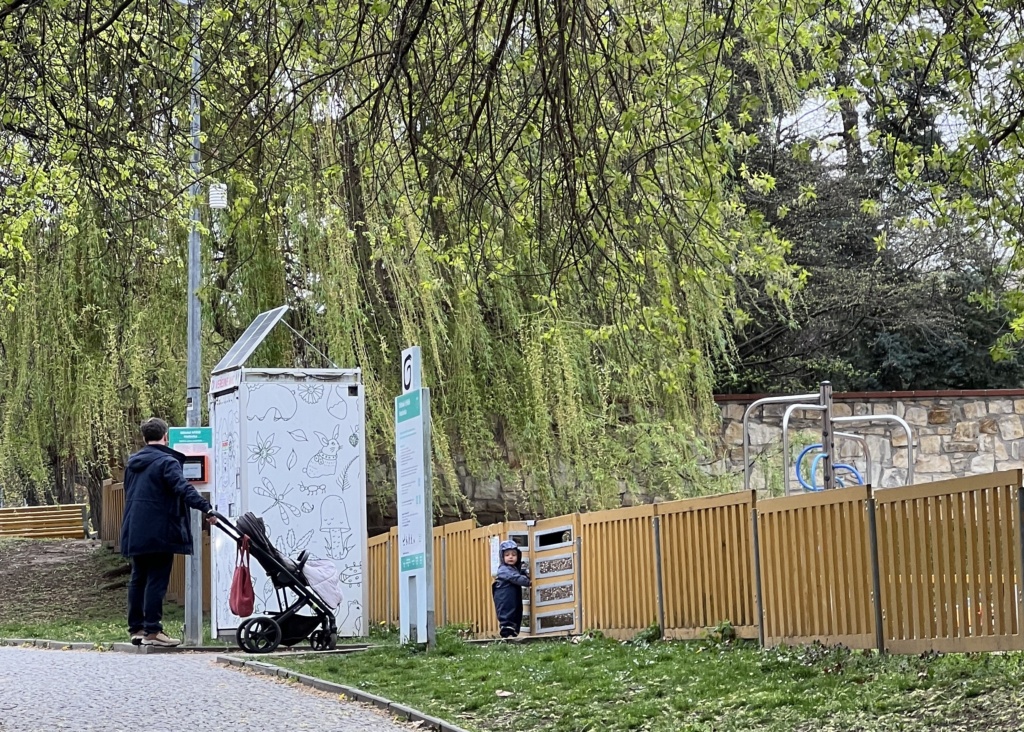
Reflections
Fieldwork at the deployment locations revealed the highest conversion rate numbers we have ever achieved ourselves, or read in academic studies. In the short time that we observed the two locations (approx. 90 minutes each), up to 18% of passers-by stopped and interacted with the Citizen Dialog Kit survey. This extremely high conversion rate can potentially be attributed to the hyper local relevance of the surveys, increasing their importance to passers-by.
Partners
- Municipality: Prague District 6
- Facilitation: KITT6 and Operator ICT Prague
- Funding: CommuniCity (Funded by the European Union)






